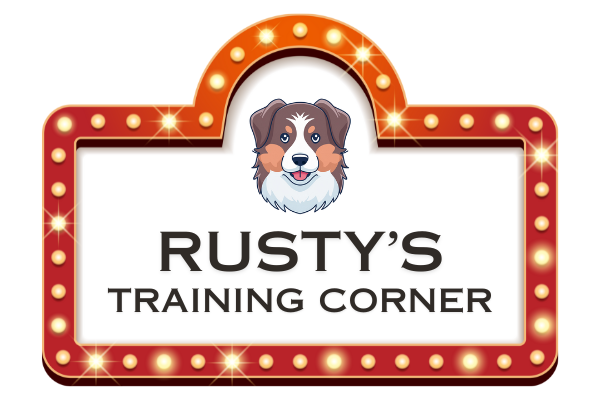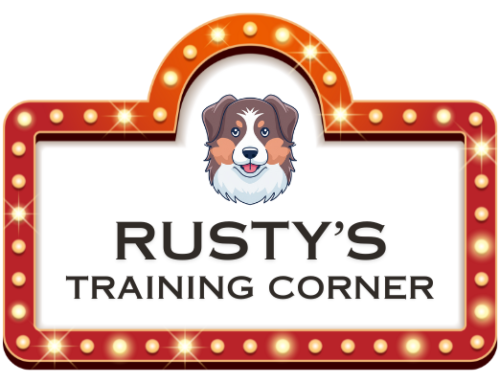Finally you got your puppy all trained up from toileting to obeying some basic commands and you thought it was time to showcase your new companion to your friends and relatives.
You warmed up the car and put him all by himself at the backseat. Three minutes into the driving everything seemed running smoothly as you planned. Suddenly your dog began barking extensively whenever cars passed by or he went ballistic if a siren drew near. After yelling at him repeatedly to sit, he finally settled down. There was silence and stillness in the car; you turned around to have a quick check on him. He looked a little queasy but nothing seemed alarming so you continued with your journey. Just as you pulled up the hand brake, your dog threw up on your leather upholstery, slid his way down to the floor and urinated on the carpeted foot rug. Your moments of peace were short lived. Quickly you got him out of the car as you watched him zigzag his tiny disoriented body to the front porch of your mother-in-law’s house.
Not a pleasant experience you had in mind, was it?
Car sickness is a very common incident, especially in puppies. Despite the fact, many owners do little to prepare their dog for traveling in a car and yet expect them to behave meticulously the first time they are driven everywhere.
Having said, you don’t have to leave your friend at home. Here are 10 tips to help him cruise his way from car sickness and keep your upholstery clean.
- Get that Feeling. All children played at least once in their life of a make believe game. So why should young puppies be denied of this make believe experience. Take your pup to the stationary car. Let him sniff and investigate the surrounding for a couple attempts. Then try with the engine so he’s familiar of a car engine sound. Reward each successful attempt.
- Practice Mini Trips. Before embarking on a vacation with your dog, it is always wise to get him used to moving vehicles. Start by driving him around a block or two. Reward him each time he managed to stay collect after the short ride. Gradually prolong the ride. If a blaring siren passes by and he remains calm, reward him immediately with a tiny food treat and praises.
- Pleasant Destination. Avoid his first “bon voyage” to veterinary clinics. Certainly do not make going to the vet the only time your dog rides in the car. Make more pleasant rides to places like parks and beaches. Set him up for fun moments not despair and sickly environment.
- Empty Stomach. Do not go for a joy ride after a heavy meal. And if you are embarking a long road trip, do not feed your dog six hour prior to it. However, do give him water as it won’t upset his stomach as much as food does.
- Quarter-filled Stomach. While many dogs travel best with empty stomach, others respond better after eating a light meal especially dogs that have one meal per day.
- Gentle Cruise. You maybe the best race car driver in town, but here is no place to show off your dare devil stunts to your dog. Be gentle on your brakes and easy on the curves. Your dog would feel less nausea by avoid rocky and bumpy roads during his initial experiences. Be it experienced or first time traveler, the intensity of nausea is much greater if your dog is caged up at the rear of a station wagon or SUV hitting bumpy and winding roads.
- Confinement. One way to minimize noise pollution and restrict unnecessary movement is to put your small dog in a crate. This provides a secure refuge from a strange place. Once he is no longer fearful of car ride, you could have him sit next to you at the passenger seat. Remember to get a doggy seatbelt for his safety.
- Great View. It’s no fun riding in the car where your vision is limited to the dashboard, seats, door handles and sky. Unlike larger dogs, small dogs need elevated seats (ie baby car seat) to enjoy the scenery. This gives him something to look forward and take his mind off his fear or carsickness.
- Breath of Fresh Air. Fresh air is always welcoming for anyone who is suffering from carsickness. Be aware that all dogs are fascinated by the smell they encounter when they stick their noses out the window of a moving car. It is acceptable to indulge this desire, but never leave the window open way down that your dog can jump or fall out. A good rule of thumb is to roll the window no more than half way down.
- Pit Stops. Most seasoned dogs can travel for hours without having problems, however all dogs will benefit greatly if they have some toilet breaks every couple of hours. This is also a good opportunity for your dog to stretch a little and hydrate.
Please do not take it personally if your dog still throws up in the car after all these years. I doubt it’s your driving that he has an issue with, or perhaps it is the cause?
The advice and tips provided in this dog training blog post are based on general best practices and personal experiences. Please consult a professional dog trainer or veterinarian for specific issues or before starting any new training regimen with your dog.




